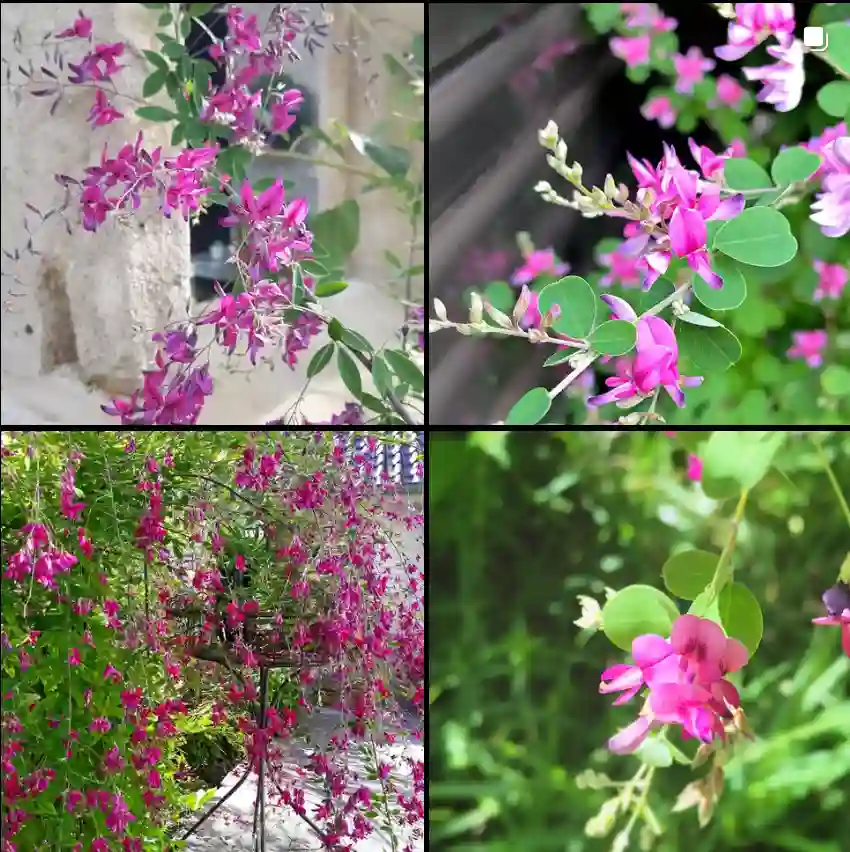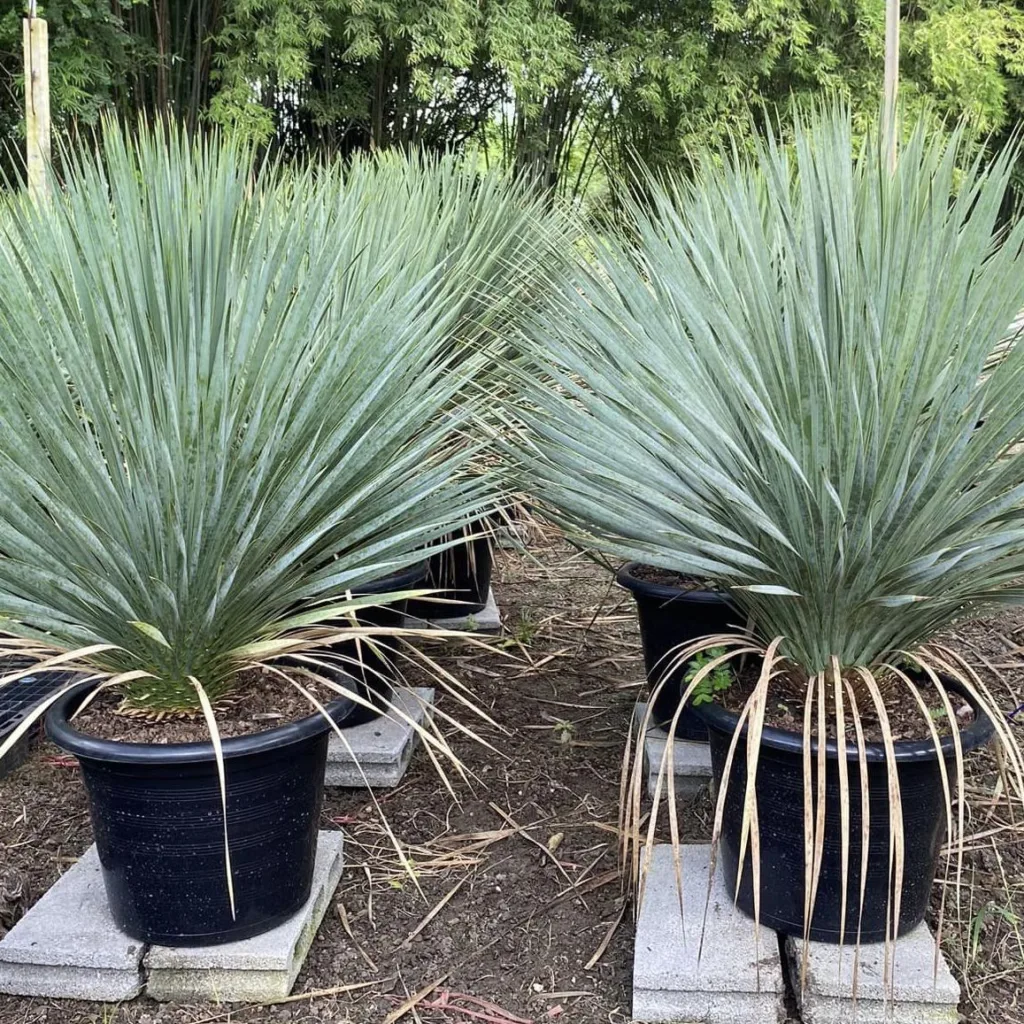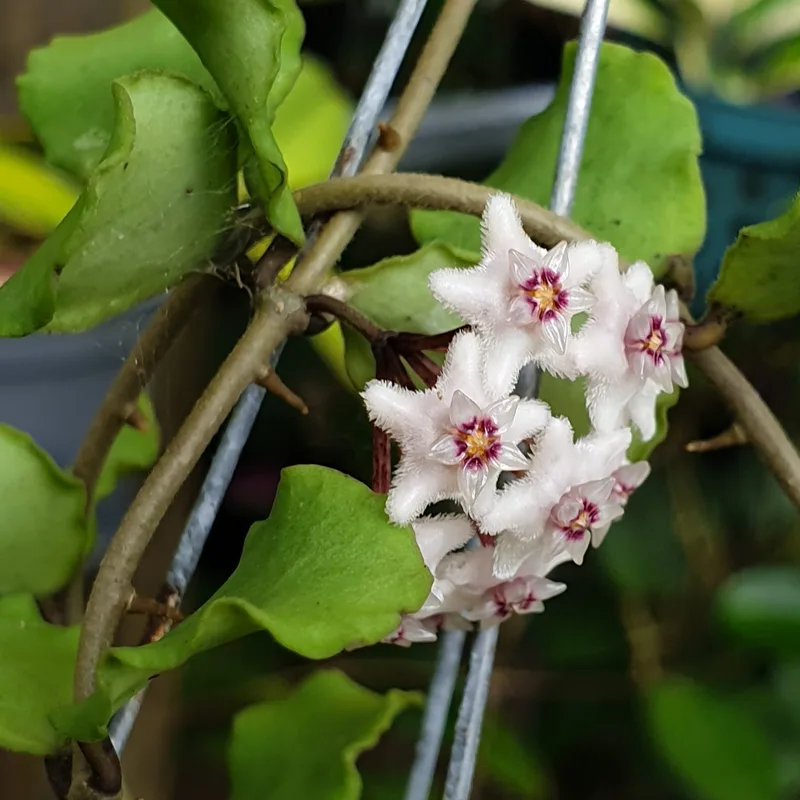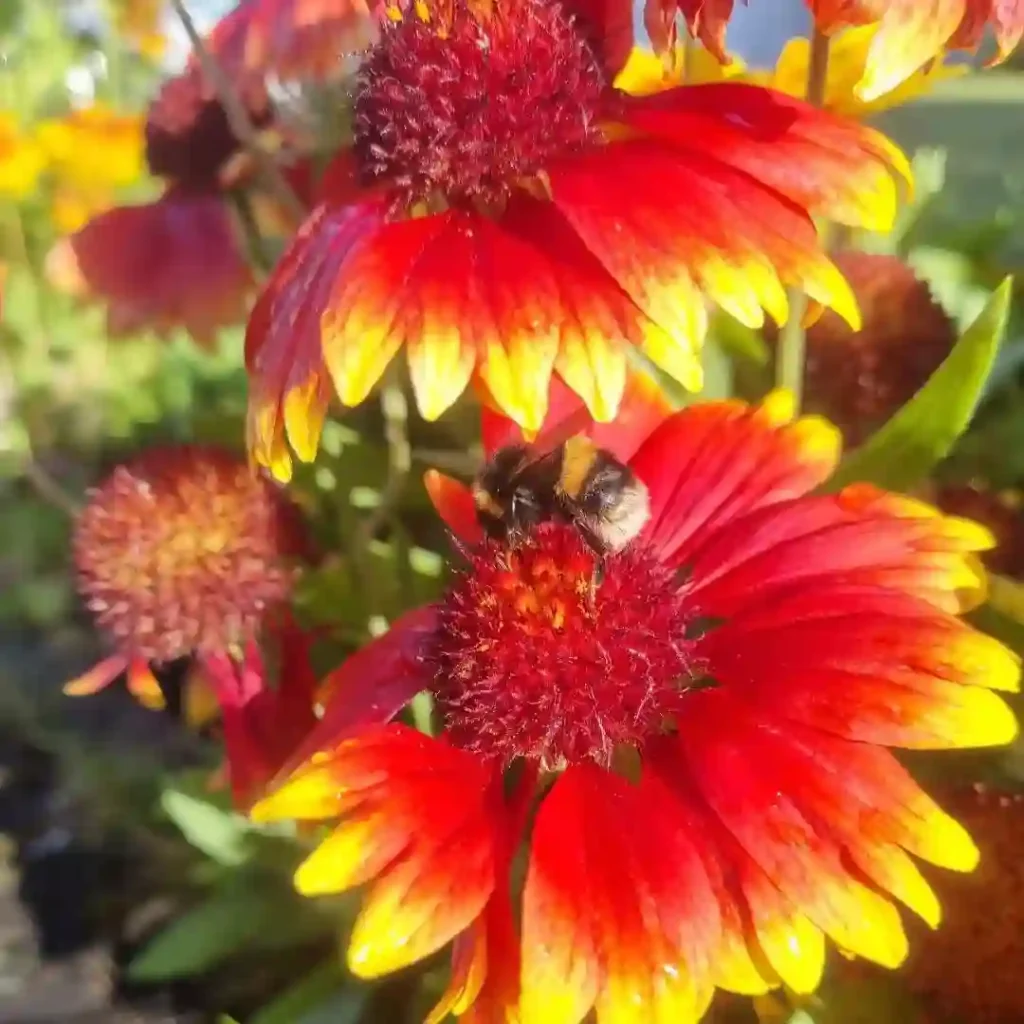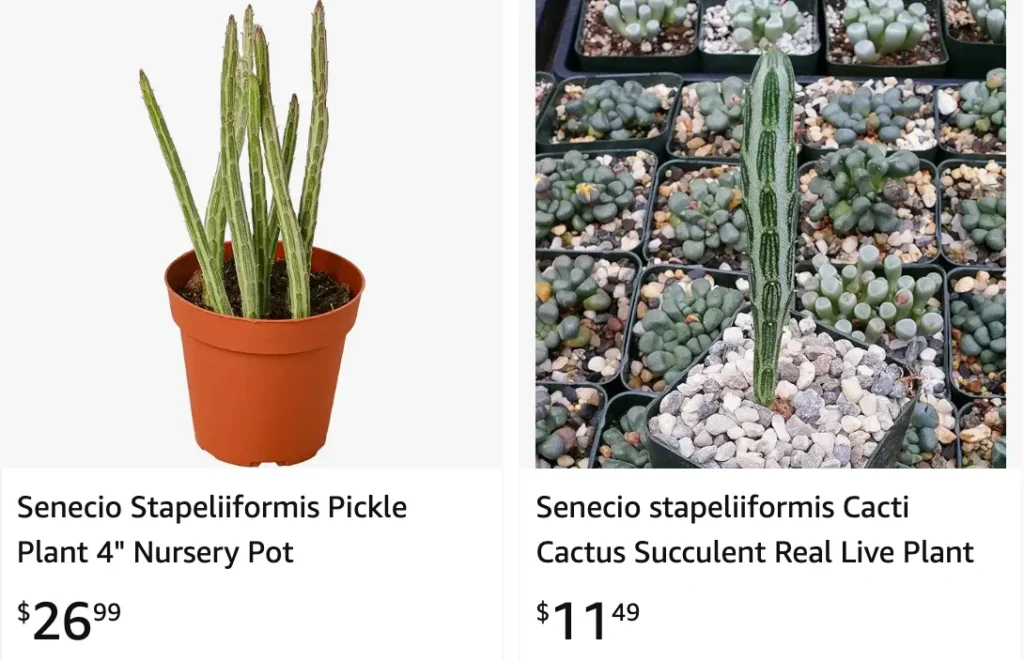
All About the Senecio Stapeliiformis: Your Guide to the Pickle Plant
Hi, Ferb Vu here! Today, we’re diving into the world of succulents and focusing on a fascinating plant – the Senecio Stapeliiformis, a synonym of Kleinia Stapeliiformis, also known as the Pickle Plant. This unique succulent has captured the hearts of plant enthusiasts with its quirky looks and easy care requirements.
Whether you’re a seasoned gardener or a curious beginner, this FAQ will equip you with everything you need to know about growing a thriving Senecio Stapeliiformis.
55 Species in Genus Kleinia
What is a Senecio Stapeliiformis?
Imagine a plump, bluish-green pencil standing upright. That’s the basic structure of the Senecio Stapeliiformis. These succulent stems grow up to 10 inches tall and boast a distinctive marbled pattern in shades of purple and green. Tiny white spines run along the length of the stems, adding to the plant’s quirky charm.
As the Pickle Plant matures, it forms clumps by spreading underground stems called rhizomes. These hidden runners send up new shoots, creating a visually interesting cluster.
Why is it Called the Pickle Plant?
The nickname “Pickle Plant” comes from the uncanny resemblance of the Senecio Stapeliiformis’ stems to pickles. The plump, bumpy texture and the bluish-green color are quite convincing, especially when the plant is young.
This fun nickname adds to the plant’s appeal and makes it a great conversation starter.
How to Care for Your Senecio Stapeliiformis?
The good news is that the Senecio Stapeliiformis is a low-maintenance succulent. Here’s what you need to know to keep your Pickle Plant happy:
- Light: Provide bright, indirect sunlight. Avoid harsh afternoon sun, which can scorch the stems.
- Watering: Use the “soak and dry” method. Water deeply when the soil feels completely dry to the touch. Overwatering is a common killer for succulents, so err on the side of underwatering.
- Soil: Plant your Senecio Stapeliiformis in well-draining cactus mix. Ensure the pot has drainage holes to prevent waterlogging.
- Temperature: The Pickle Plant thrives in warm to moderate temperatures (between 65°F and 80°F). Protect it from frost.
- Fertilizer: Feeding is not necessary for most of the year. However, a diluted application of succulent fertilizer during the growing season (spring and summer) can provide a boost.
Common Problems with Senecio Stapeliiformis
While generally easygoing, a few issues can arise with your Pickle Plant:
- Stretched stems: Lack of sufficient light can cause the stems to etiolate (stretch) and become leggy. Rotate your plant regularly and provide more light.
- Mealybugs: These tiny, white sap-sucking insects can infest your Senecio Stapeliiformis. Treat them with insecticidal soap or neem oil spray.
- Rot: Overwatering is the leading cause of rot. Ensure proper drainage and adjust your watering frequency to avoid this.
By following these basic care tips and keeping an eye out for potential problems, you can ensure your Senecio Stapeliiformis thrives for years to come.
Does the Senecio Stapeliiformis Have a Bad Smell?
The Senecio Stapeliiformis is not known for having a foul odor. However, during the flowering season, it might emit a faint, unpleasant scent to attract pollinators. This smell is usually not overpowering and shouldn’t be a major concern for most plant owners.
Can You Propagate the Senecio Stapeliiformis?
Absolutely! Propagating your Pickle Plant is a fun and rewarding way to expand your collection. You can propagate through stem cuttings or leaf cuttings (although leaf propagation is less successful). Here’s a quick guide:
- Stem cuttings: Take a healthy stem section with a few nodes. Allow the cut end to callous over for a day or two, then plant it in a pot with well-draining cactus mix. Water sparingly and keep the soil slightly moist until new growth emerges.
- Leaf cuttings: While less common, you can also attempt propagation using individual leaves. Carefully remove a plump leaf from the stem and allow it to callous over. Place the leaf on top of a well-draining cactus mix, making sure the base of the leaf makes contact with the soil. Don’t bury the leaf itself. Keep the soil slightly moist and provide indirect light. With patience, roots and new growth might develop at the base of the leaf.
The Allure of the Pickle Plant
The Senecio Stapeliiformis offers more than just quirky looks and easy care. Here are some additional reasons why this succulent deserves a spot in your collection:
- Unique flowers: While not particularly fragrant, the vibrant red or orange, star-shaped flowers add a pop of color during the summer months. Their unusual appearance adds to the plant’s overall intrigue.
- Air purification: Like many succulents, the Senecio Stapeliiformis can help improve indoor air quality by removing common toxins such as formaldehyde and benzene.
- Low maintenance: Perfect for busy plant parents, the Pickle Plant requires minimal attention and thrives on neglect (within reason, of course). Its forgiving nature makes it a great choice for beginners or those who struggle to keep plants alive.
Overall, the Senecio Stapeliiformis is a delightful succulent with a playful personality. Its unique appearance, ease of care, and interesting characteristics make it a valuable addition to any plant collection. So, if you’re looking for a low-maintenance conversation starter that brings a touch of whimsy to your space, the Pickle Plant might just be the perfect choice for you.
If i die, water my plants!
